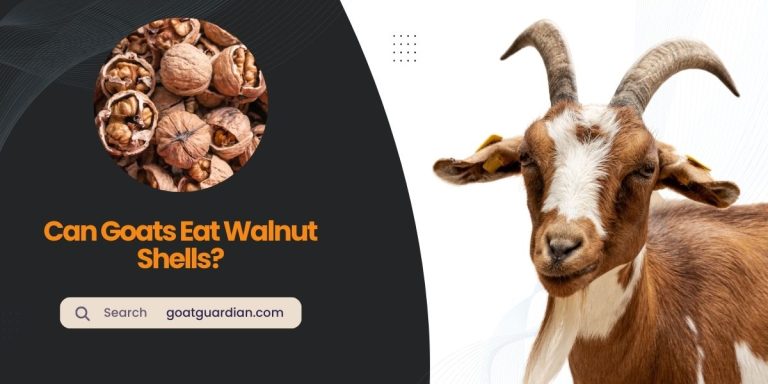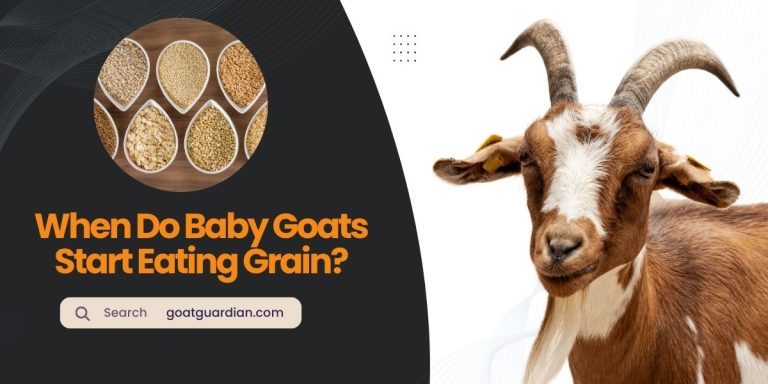How to Give Copper Bolus to Goats? (Must Read)
To give copper bolus to goats, use a balling gun to place the pill at the back of their mouth and make them swallow it. It’s an easy and effective method to ensure goats receive the necessary copper intake.
Copper boluses are commonly used to prevent health issues caused by copper deficiency in goats. However, goats can also obtain copper from the soil in which their hay is grown, any given grain, and from free-choice loose mineral.
It’s important to maintain adequate copper levels in goats to promote healthy skin, hair, hooves, and immune function.
Giving a copper bolus can be done by administering it via a bolus gun or by sprinkling the capsule contents on top of the goat’s feed. Tractor Supply is a reputable source to purchase copper boluses and bolus guns for goats.
The Basics Of Copper Bolus For Goats
| What is a copper bolus and why is it important for goats? |
| Copper bolus for goats is a capsule filled with copper oxide wire particles that is given to goats who aren’t getting enough copper in their diet. Goats need copper to maintain their health as it helps in maintaining healthy skin, hair, and hooves, fighting infections, and supporting overall growth and development. |
| Understanding copper deficiency in goats |
| Copper deficiency in goats is a common problem. Goats obtain copper from the soil in which their hay is grown, their grain (if given), and their free-choice loose mineral. However, these sources may not always provide adequate amounts of copper, leading to deficiency. Lack of copper can cause various health problems, including poor immune function, poor growth, anemia, and infertility in both males and females. |
| Symptoms of copper deficiency |
| Copper deficiency in goats can be identified through various symptoms such as pale gums, hair loss, rough coat, diarrhea, lameness, reduced appetite, and decreased milk production. If you notice any of these signs, it is important to address the copper deficiency to prevent further health issues. |
| Importance of maintaining proper copper levels in goats |
| It is crucial to maintain proper copper levels in goats to ensure their overall well-being. Copper plays a vital role in various biological processes, including metabolism, enzyme function, and the production of red blood cells. By providing adequate copper through copper bolus supplementation, you can support your goats’ immune system, promote healthy growth, and prevent potential health complications. |
Administering Copper Bolus To Goats
| Tools and equipment needed for administering a copper bolus |
|
| Step-by-step guide to using a balling gun for copper bolus administration |
|
| Alternative methods for administering a copper bolus |
|
| Tips for ensuring successful bolus administration to goats |
|
Choosing The Right Copper Bolus For Goats
Types of copper boluses available in the market:
|
Factors to consider when selecting a copper bolus for your goats:
|
Recommended copper bolus brands for goats:
|
Potential side effects of copper bolus and how to mitigate them:
|
Dosage And Frequency Of Copper Bolus For Goats
| Determining the appropriate dosage of copper bolus for goats: The dosage of copper bolus for goats should be calculated based on the weight of the individual goat. A general guideline is to administer 1 gram of copper bolus for every 22 pounds of body weight. However, it is important to consult with a veterinarian or experienced goat owner to determine the specific dosage for your goats, as individual needs may vary. |
| Factors to consider when calculating the dosage for individual goats: Factors such as age, breed, and nutritional status should be considered when calculating the dosage of copper bolus for goats. Younger goats and certain breeds may have different copper requirements, so it is important to take these factors into account to ensure proper dosage administration. |
| Recommended frequency of copper bolus administration for different goat breeds and age groups: The frequency of copper bolus administration can vary depending on the specific breed and age group of goats. It is generally recommended to administer copper bolus to goats twice a year, in the spring and fall, to maintain adequate copper levels. However, it is important to consult with a veterinarian to determine the optimal frequency for your goats based on their individual needs. |
| Monitoring and adjusting copper bolus dosage based on goat’s health and copper levels: Regular monitoring of the goat’s health and copper levels is essential to ensure proper copper bolus dosage administration. If the goat’s health or copper levels indicate a deficiency or excess, the dosage may need to be adjusted accordingly. It is recommended to work closely with a veterinarian to monitor and adjust the copper bolus dosage based on the specific needs of your goats. |
Precautions And Safety Measures For Copper Bolus Administration
Copper boluses are commonly administered to goats using a balling gun, which is a long plastic or stainless steel stick. The pill is placed on the end of the stick and then inserted into the goat’s mouth until it reaches the back, ensuring they swallow it.
It is important to handle the bolus with proper caution and follow safety precautions to avoid any potential risks or hazards. This includes storing the copper bolus correctly and being aware of potential interactions between the bolus and other medications or supplements.
It is essential to provide goats with adequate copper levels to maintain their health, as copper deficiency can lead to various health problems. Administering a copper bolus is an effective way to address this deficiency.
The Benefits Of Copper Bolus For Goats
Copper boluses are typically given using a balling gun, a long plastic or stainless steel stick with a pill attached to the end. To administer the bolus, you need to hold the goat in a headlock and insert the pill all the way to the back of their mouth, making sure they swallow it.
This method ensures proper copper intake and helps prevent health problems caused by copper deficiency.
Goats obtain copper from the soil in which their hay is grown, their grain (if given), and their free-choice loose mineral. However, copper deficiency is common, which is why copper bolusing is necessary for their overall well-being.
Giving a copper bolus to your goats can be done easily and confidently, ensuring their skin, hair, hooves, and immune system are in top shape. It’s crucial to maintain adequate copper levels in their bodies to fight infections and support growth and reproduction.
Frequently Asked Questions For How To Give Copper Bolus To Goats
How Much Copper Bolus Does A Goat Need?
Goats need copper bolus to maintain their health. It is recommended to administer it using a balling gun. The pill is placed on the end of the stick and inserted into the goat’s mouth, forcing them to swallow it. Copper deficiency in goats is common and can cause health problems.
How Do You Add Copper To Goat Feed?
To add copper to goat feed, you can use a copper bolus. Administer it using a balling gun by placing the pill on the stick and inserting it into the goat’s mouth. Alternatively, sprinkle the broken-open capsule over the goat’s feed.
Copper deficiency in goats is common and can lead to health issues. Ensure adequate copper levels for healthy skin, hair, hooves, and immunity.
How Do You Administer Copper Bolus To Goats?
To administer copper bolus to goats, you can use a balling gun. Place the pill on the end of the stick, hold the goat in a headlock, and push it to the back of their mouth, forcing them to swallow it.
What Are The Benefits Of Giving Copper Bolus To Goats?
Giving copper bolus to goats helps maintain healthy skin, hair, and hooves. It also helps fight infections and keeps them healthy overall.
Conclusion
Administering copper bolus to goats is crucial for their overall health and well-being. Using a balling gun, you can easily give your goats the necessary dosage. Copper deficiency is a common issue that can lead to various health problems if not addressed.
By following the proper techniques and selecting the right bolus gun, you can ensure that your goats receive the right amount of copper. Don’t hesitate to take this important step to maintain the health of your goat herd.






